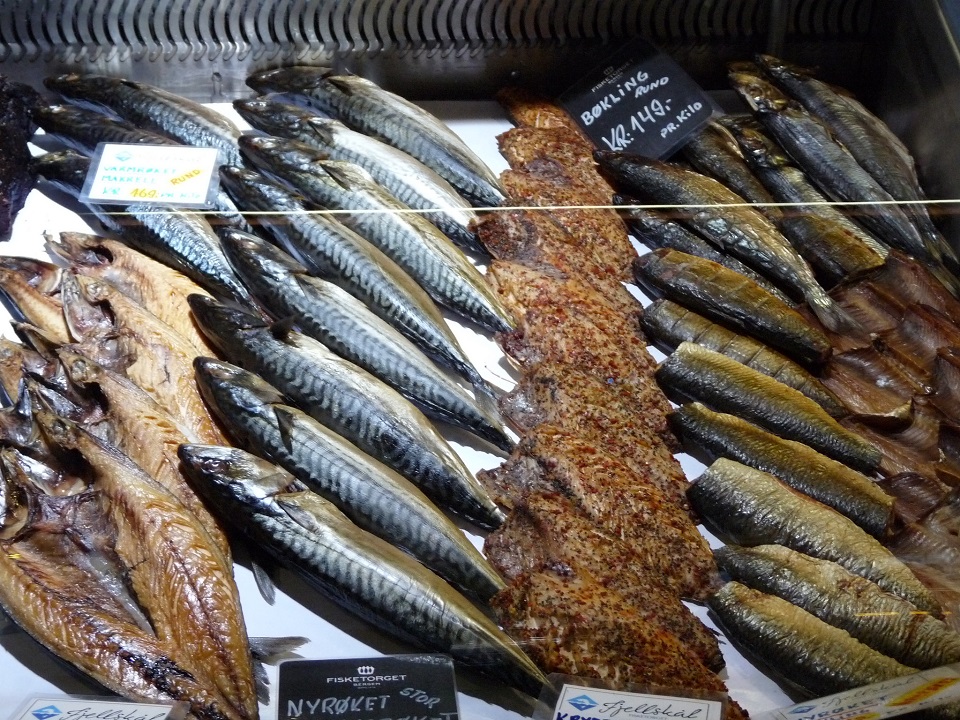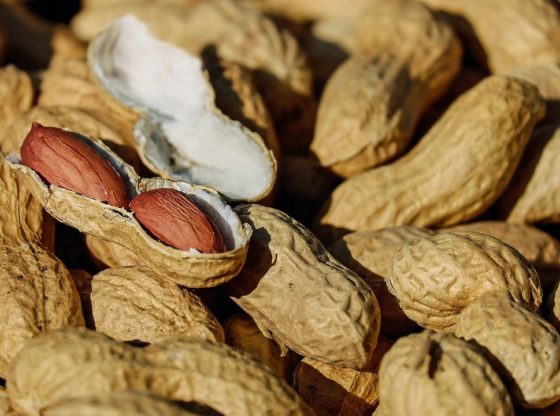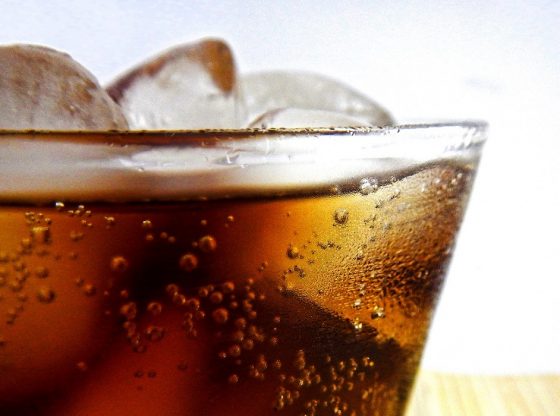
Fish and shellfish have a natural tendency to concentrate mercury in their bodies, often in the form of methylmercury, a highly toxic organic compound of mercury. Especially top predatory fish species, that are high in the food chain, have a tendency to show high amounts of mercury accumulation.
The below study published in the American Journal of Clinical Nutrition indicates an increase in the risk of heart attack with higher intake of dietary sources that contain mercury.
The Environmental Protection Agency in the U.S is charged with regulating and managing mercury contamination. And in the EU there are limits for maximum levels of mercury allowed in certain food items. Then there are several countries that have banned the use of mercury, among those Sweden and Norway.
Mercury is found in fatty fish since it accumulates in particularly fat. But since fat fish also has been shown to have positive effects on heart health, it is indeed a competition between methylmercury risks and omega 3 polyunsaturated fatty acid benefits.
The researchers in this study also show that the exposure to methylmercury was associated with increased risk of myocardial infarction, but also that higher EPA and DHA Omega 3 concentrations were associated with decreased risk.
The researchers, therefore, conclude that myocardial infarction risk may be reduced by the consumption of fish high in PUFAs and low in methylmercury.
Background:
Exposure to methylmercury from fish has been associated with increased risk of myocardial infarction (MI) in some studies. At the same time, marine n−3 (omega-3) PUFAs are an inherent constituent of fish and are regarded as beneficial. To our knowledge, no risk-benefit model on the basis of data on methylmercury, PUFA, and MI risk has yet been presented.
Objective:
The objective of this study was to describe how exposure to both marine n−3 PUFAs and methylmercury relates to MI risk by using data from Finland and Sweden.
Design:
We used matched case-control sets from Sweden and Finland that were nested in population-based, prospective cohort studies. We included 361 men with MI from Sweden and 211 men with MI from Finland. MI risk was estimated in a logistic regression model with the amount of mercury in hair (hair-Hg) and concentrations of n−3 PUFAs (EPA and DHA) in serum (S-PUFA) as independent variables.
Results:
The median hair-Hg was 0.57 μg/g in Swedish and 1.32 μg/g in Finnish control subjects, whereas the percentage of S-PUFA was 4.21% and 3.83%, respectively. In combined analysis, hair-Hg was associated with higher (P = 0.005) and S-PUFA with lower (P = 0.011) MI risk. Our model indicated that even a small change in fish consumption (ie, by increasing S-PUFA by 1%) would prevent 7% of MIs, despite a small increase in mercury exposure. However, at a high hair-Hg, the modeled beneficial effect of PUFA on MI risk was counteracted by methylmercury.
Conclusions:
Exposure to methylmercury was associated with increased risk of MI, and higher S-PUFA concentrations were associated with decreased risk of MI. Thus, MI risk may be reduced by the consumption of fish high in PUFAs and low in methylmercury.
________________________________
Myocardial infarction in relation to mercury and fatty acids from fish: a risk-benefit analysis based on pooled Finnish and Swedish data in men
________________






















